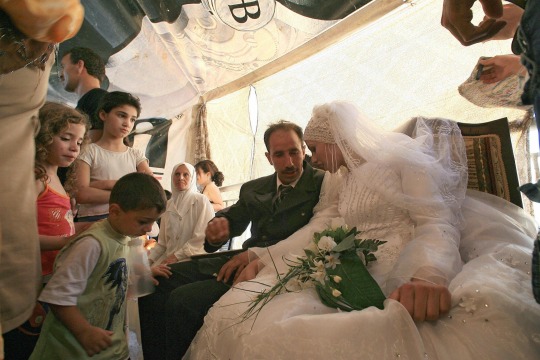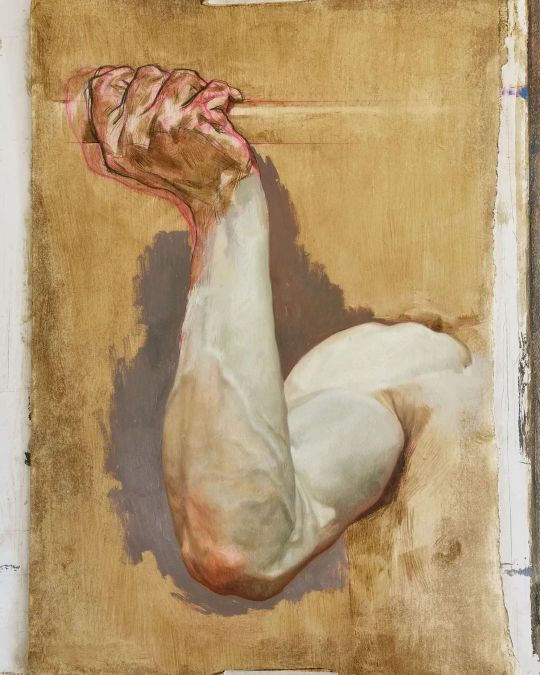Text
30K notes
·
View notes
Text
kittens will be like “does anyone want to see us kick each other in the head really really really fast” and not wait for an answer
16K notes
·
View notes
Text

Ferdinand Gueldry - Municipal Chemistry Laboratory, Paris Police Prefecture (1887)
160 notes
·
View notes
Text
Blind people gesture (and why that’s kind of a big deal)
People who are blind from birth will gesture when they speak. I always like pointing out this fact when I teach classes on gesture, because it gives us an an interesting perspective on how we learn and use gestures. Until now I’ve mostly cited a 1998 paper from Jana Iverson and Susan Goldin-Meadow that analysed the gestures and speech of young blind people. Not only do blind people gesture, but the frequency and types of gestures they use does not appear to differ greatly from how sighted people gesture. If people learn gesture without ever seeing a gesture (and, most likely, never being shown), then there must be something about learning a language that means you get gestures as a bonus.
Blind people will even gesture when talking to other blind people, and sighted people will gesture when speaking on the phone - so we know that people don’t only gesture when they speak to someone who can see their gestures.
Earlier this year a new paper came out that adds to this story. Şeyda Özçalışkan, Ché Lucero and Susan Goldin-Meadow looked at the gestures of blind speakers of Turkish and English, to see if the *way* they gestured was different to sighted speakers of those languages. Some of the sighted speakers were blindfolded and others left able to see their conversation partner.
Turkish and English were chosen, because it has already been established that speakers of those languages consistently gesture differently when talking about videos of items moving. English speakers will be more likely to show the manner (e.g. ‘rolling’ or bouncing’) and trajectory (e.g. ‘left to right’, ‘downwards’) together in one gesture, and Turkish speakers will show these features as two separate gestures. This reflects the fact that English ‘roll down’ is one verbal clause, while in Turkish the equivalent would be yuvarlanarak iniyor, which translates as two verbs ‘rolling descending’.
Since we know that blind people do gesture, Özçalışkan’s team wanted to figure out if they gestured like other speakers of their language. Did the blind Turkish speakers separate the manner and trajectory of their gestures like their verbs? Did English speakers combine them? Of course, the standard methodology of showing videos wouldn’t work with blind participants, so the researchers built three dimensional models of events for people to feel before they discussed them.
The results showed that blind Turkish speakers gesture like their sighted counterparts, and the same for English speakers. All Turkish speakers gestured significantly differently from all English speakers, regardless of sightedness. This means that these particular gestural patterns are something that’s deeply linked to the grammatical properties of a language, and not something that we learn from looking at other speakers.
References
Jana M. Iverson & Susan Goldin-Meadow. 1998. Why people gesture when they speak. Nature, 396(6708), 228-228.
Şeyda Özçalışkan, Ché Lucero and Susan Goldin-Meadow. 2016. Is Seeing Gesture Necessary to Gesture Like a Native Speaker? Psychological Science 27(5) 737–747.
Asli Ozyurek & Sotaro Kita. 1999. Expressing manner and path in English and Turkish: Differences in speech, gesture, and conceptualization. In Twenty-first Annual Conference of the Cognitive Science Society (pp. 507-512). Erlbaum.
78K notes
·
View notes
Photo

#i love this outfit sooo much#insp#wait is that a skirt. i thought they were wearing breeches. extremely cute either way though
153 notes
·
View notes
Photo

Hossein Fatemi, A woman prays while her friend is smoking and watching television, Tehran, Iran, 2003.
15K notes
·
View notes
Photo

Janet Grahame Johnstone (1928-1979) & Anne Grahame Johnstone (1928-1998), ‘Saint George and the Dragon’, from “Myths from Many Lands” by Roger Lancelyn Green, 1965
218 notes
·
View notes
Text
the transsexual that has suffered 10,000 quiet indignities does not stop dreaming of a better world
10K notes
·
View notes
Text


“Palestinian children look at Ziad Abu Eid, who fled the besieged Nahr al-Bared camp, speaking with his bride Amal during their wedding at a balcony decorated with advertising plastic sheets used as makeshift curtains to protect them from the sun and eyes of curious onlookers at the Uzai area, south of Beirut. Against all odds and despite the thud of mortars and rattle of machine guns, Ziad fled the Nahr al-Bared camp and decided to get married. His move was not a challenge or to prove that life continues despite death and destruction, but it was to make sure that his beloved wife will be near him if he ever needed to flee or be displaced again.”
Photographed by Marwan Naamani.
24 June 2007.
1K notes
·
View notes
Text
they’re confronting you on the C you got in gym. harry says you can smoke a little weed in the house, he doesn’t mind.

552 notes
·
View notes




